10 Things You Didn’t Know About Air Force One
In 2021 or thereabouts, the president of the United States will board a spanking new Air Force One that will boast new standards of technological sophistication and comfort for the traveling commander in chief.
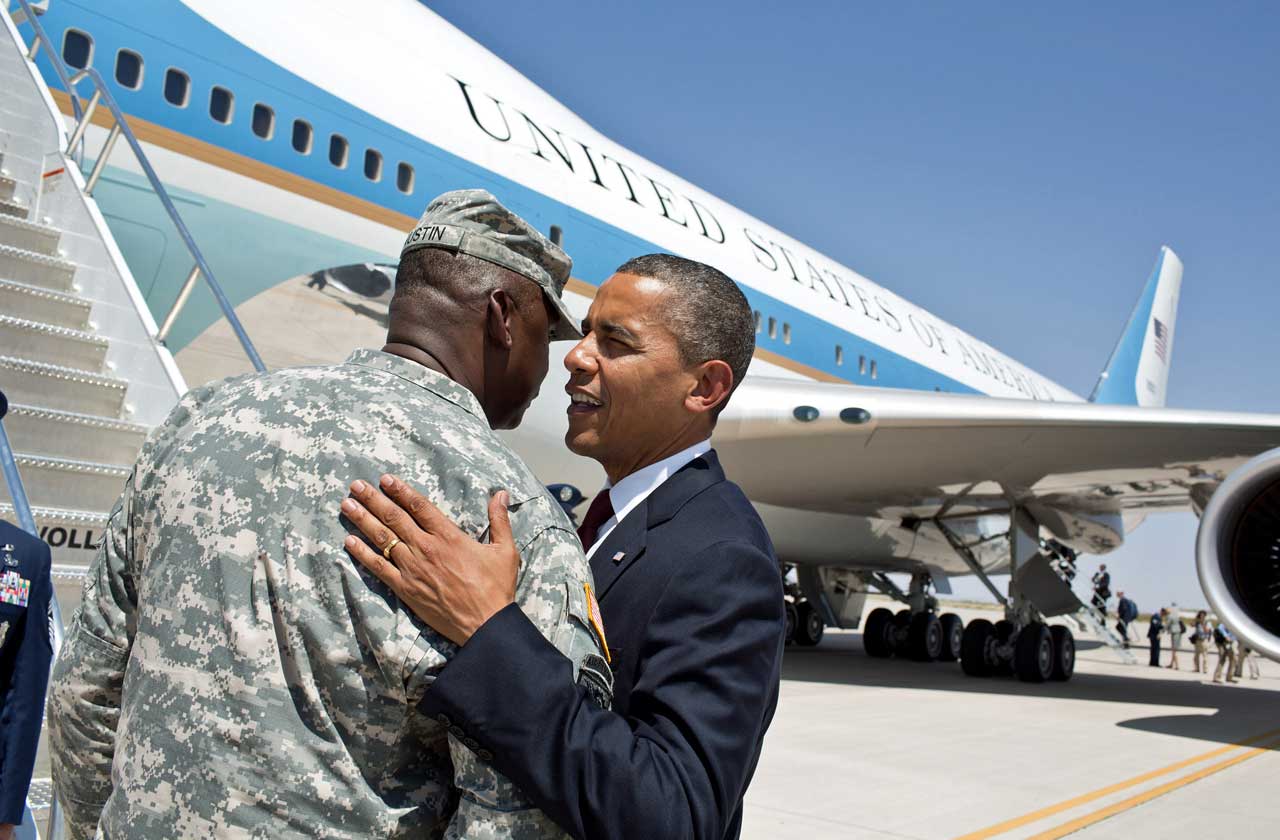
In 2021 or thereabouts, the president of the United States will board a spanking new Air Force One that will boast new standards of technological sophistication and comfort for the traveling commander in chief. The president's aircraft will be based on the iconic Boeing 747. It also may be one of the last of those made, as the planemaker has said it may phase out production by 2017 due to declining demand.
Seven separate airplanes have carried presidents, each with a unique story. Few Americans of a certain age can forget the televised images of the casket containing the body of President John Kennedy being loaded on to Air Force One on the tarmac of Dallas’ Love Field.
Air Force One has a storied history that goes back more than 100 years. Take a look.
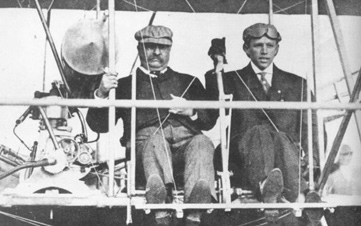
The First Flying President
It shouldn’t be any surprise that the first president to fly was adventurer, outdoorsman and Rough Rider Theodore Roosevelt.
On Oct. 11, 1910, a year and a half after he left office, Teddy accepted a spur-of-the-moment invitation to fly aboard a biplane at an airfield in Kinloch, Mo. “It was great! First class! It was the finest experience I have ever had,” Roosevelt said after his flight. “I wish I could stay up for an hour, but I haven't the time this afternoon.”

FDR Flies to Yalta
The first aircraft designated to transport a president was rejected as unsafe by the agency charged with protecting the commander in chief.
In 1943, the Secret Service, citing a sketchy performance record, refused to allow Franklin Roosevelt to use a plane named Guess Where II. The derivative of the World War II-era B-24 Liberator bomber was, however, deemed safe enough to carry first lady Eleanor Roosevelt on a goodwill tour through Latin America in 1944, as well as other top administration officials that year.
A safer modified C-54, known as Sacred Cow, complete with a special elevator to lift the president in his wheelchair, was approved for FDR’s use. He used that plane only once, to fly to Yalta in February 1945 to meet with the Allied leaders.
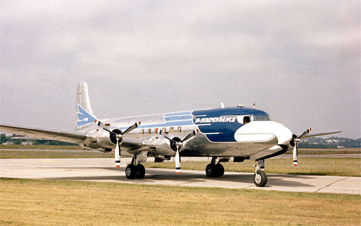
Give ’Em Hell, Harry
- Harry Truman was the first president to earn frequent-flier status. Truman got far more use out of the Sacred Cow than FDR did. In fact, Truman loved to fly so much that he ordered up a plane of his own, a modified DC-6, which he dubbed Independence.
The new plane could fly about 100 miles per hour faster than Sacred Cow, with a cruising speed of 315 miles an hour. It also had a pressurized cabin for high-altitude flying, radar and a transmitter and receiver for top secret coded messages. Much more comfy than Sacred Cow, Independence could sleep 12.
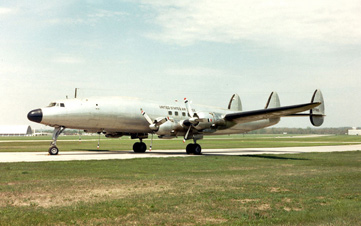
Ike and the First Air Force One
- President Dwight Eisenhower loved to fly even more than Truman. A pilot himself, Ike ordered up a four-engine, prop-driven silver Lockheed Constellation that he dubbed Columbine II (a very similar Columbine III, pictured here, was also added to the fleet).
He chose the name because as supreme allied commander in World War II, he had traveled aboard a C-121 named Columbine. Eisenhower ushered in the practice of using the presidential plane to fly for vacations and weekend getaways, from golfing to hunting and fishing. But after a potentially dangerous mix-up in a Florida control tower with a commercial flight, the military decided to call Ike's plane Air Force One.
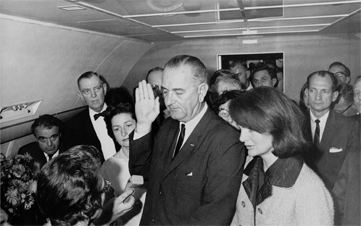
The Plane That Took JFK to Dallas
Air Force One began sporting its iconic blue, silver and white colors, along with the presidential seal, in 1962. The Boeing 707 was rolled out for President John Kennedy at a cost of $8 million. JFK ordered that the aircraft abandon drab military colors to present a striking image as the worldwide symbol of America’s power and reach.
The image of Kennedy’s casket being loaded on to Air Force One after he was assassinated in Dallas in November 1963 remains burned in America’s collective memory, along with the photo of Lyndon Johnson taking the presidential oath of office aboard the same plane with Jacqueline Kennedy at his side. The plane remained in service through the Clinton administration, carrying presidents on many historic journeys.
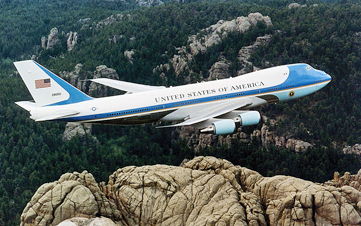
The Gipper’s Design
The current Air Force One, a tricked-out 747-200, was designed by President Ronald Reagan, but first used in 1990 during the administration of George H.W. Bush.
There are two identical planes, and each cost about $325 million. Those jets can fly nonstop around the world, thanks to airborne refueling capabilities. They include state of-the-art communications gear and can withstand the electromagnetic pulse of a nuclear explosion. The jets are loaded with first-class seating throughout, conference rooms and a fully equipped emergency room and pharmacy. The president has a private suite with a bed, desk and bathroom in the front of the plane.

When the President Takes Over as Pilot
Normally, any plane a president flies aboard as commander in chief automatically becomes Air Force One. But there’s one exception in recent memory.
When the Secret Service refused to allow President George W. Bush to land on the deck of the carrier USS Abraham Lincoln in a two-person Navy fighter jet, Bush instead made his unforgettable “Mission Accomplished” landing on the carrier in an S-3 Viking, a four-seat, twin-engine jet aircraft. The Viking was chosen to allow room for a Secret Service agent to fly along with Bush and the Navy pilot. The jet was designated Navy One when Bush was aboard.
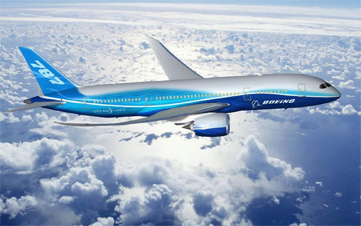
Not Air Force One
The Boeing 787, the Dreamliner, was once thought to be a slam dunk to replace the current Air Force One. President Barack Obama, after touring a 787 said, “The Dreamliner is the plane of the future.”
But problems with its launch and the fact that it only has two engines led the Secret Service to give it a thumbs-down. That put the 747-800, with a proven safety record, in line to be the next Air Force One.
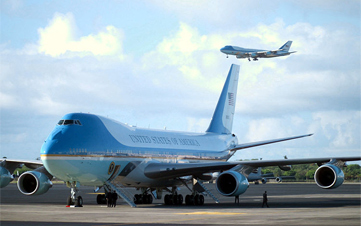
Sorry, No Escape Pod
The idea of an escape pod aboard the president’s plane became urban legend in 1997, with the release of the film Air Force One, starring Harrison Ford.
But it won’t move from Hollywood to Joint Base Andrews, the real-world home base of Air Force One. An escape pod likely would have to be pressurized and include some kind of thrusters, given the maximum altitude and airspeed of Air Force One. It would need seats for at least one Secret Service agent and the president’s military aide who carries the nuclear launch code.
And what if the first family is aboard at the time of evacuation? Does a president just kiss them good-bye and leave? Not likely. After all, even with the mythical pod, Harrison Ford stayed on board.

More from Kiplinger
What the Next Air Force One Will Be Like
Flying Air Force One: A Firsthand Account
Our Greatest Economic Forecasts of the Last 90 Years
Get Kiplinger Today newsletter — free
Profit and prosper with the best of Kiplinger's advice on investing, taxes, retirement, personal finance and much more. Delivered daily. Enter your email in the box and click Sign Me Up.
-
 Get Netflix, Hulu and Apple TV Plus for Free by Joining T-Mobile
Get Netflix, Hulu and Apple TV Plus for Free by Joining T-MobileT-Mobile customers save up to $35/month on streaming services thanks to this Netflix, Hulu and Apple TV Plus bundle. Here’s how to get it.
By Rachael Green
-
 Missed Tax Day? You Could Still Be Eligible for These Valuable Tax Refunds
Missed Tax Day? You Could Still Be Eligible for These Valuable Tax RefundsTax Refunds As many as one million taxpayers could be missing out on a significant tax refund.
By Gabriella Cruz-Martínez
-
 AI Regulation is Looming: Kiplinger Economic Forecasts
AI Regulation is Looming: Kiplinger Economic ForecastsEconomic Forecasts Find out what Washington and regulators have planned for artificial intelligence.
By John Miley
-
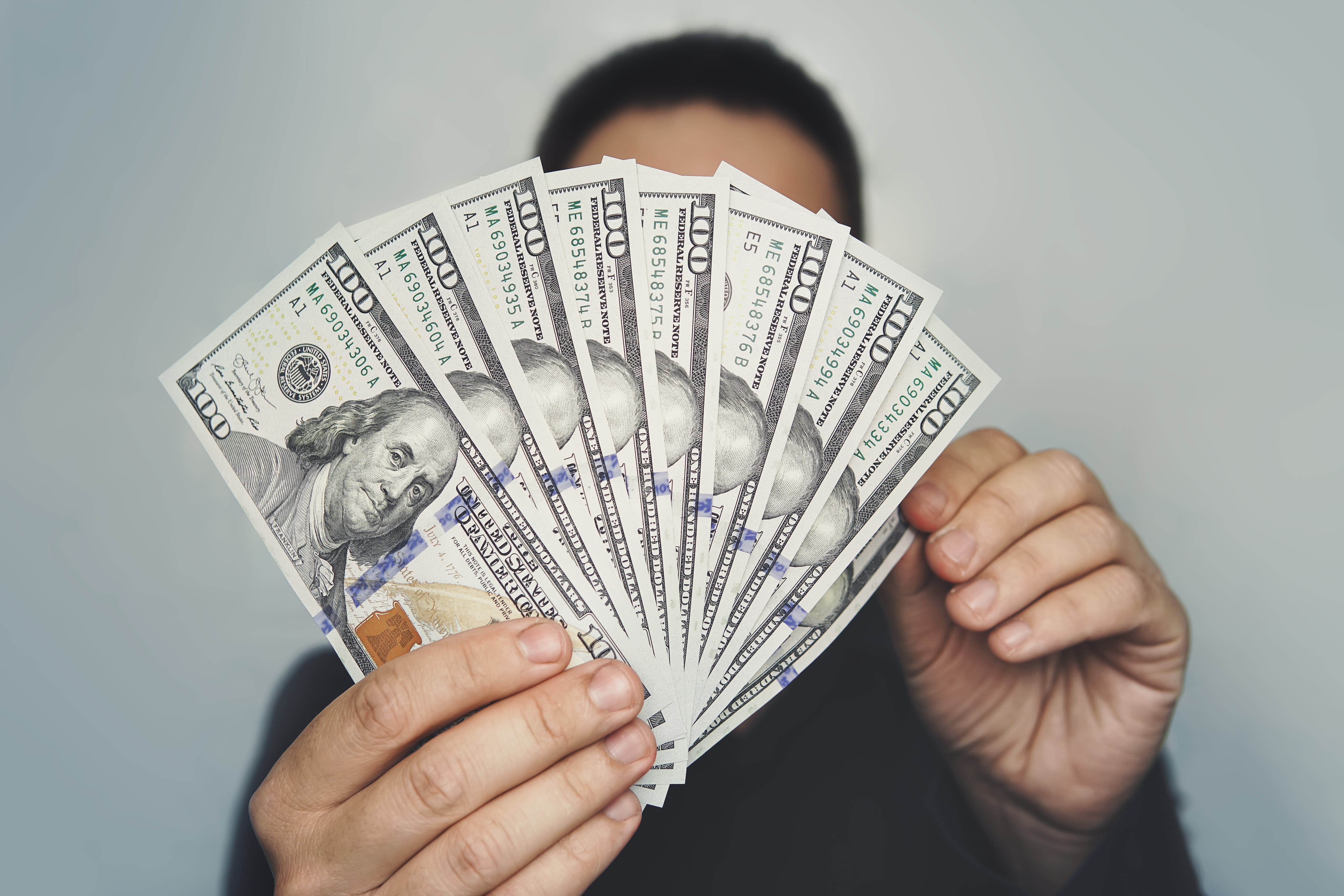 32 Ways to Make Money in 2025
32 Ways to Make Money in 2025business Check out these cool side hustles to earn bonus bucks this year.
By Bob Niedt
-
 12 IRS Audit Red Flags for the Self-Employed
12 IRS Audit Red Flags for the Self-Employedtaxes If you are self-employed, minimize the odds of an IRS audit by avoiding these audit triggers.
By Joy Taylor
-
 Business Cost Outlooks for 2022: Eight Key Sectors
Business Cost Outlooks for 2022: Eight Key SectorsEconomic Forecasts What’s in store for all sorts of business costs in 2022?
By The Kiplinger Washington Editors
-
 PPP Loan Basics for Small Business Owners
PPP Loan Basics for Small Business OwnersCoronavirus and Your Money Although uncertainty and confusion have surrounded the Paycheck Protection Program since its launch, that shouldn't stop small business owners from participating in the loan program, which was just extended to May 31.
By Rodrigo Sermeño
-
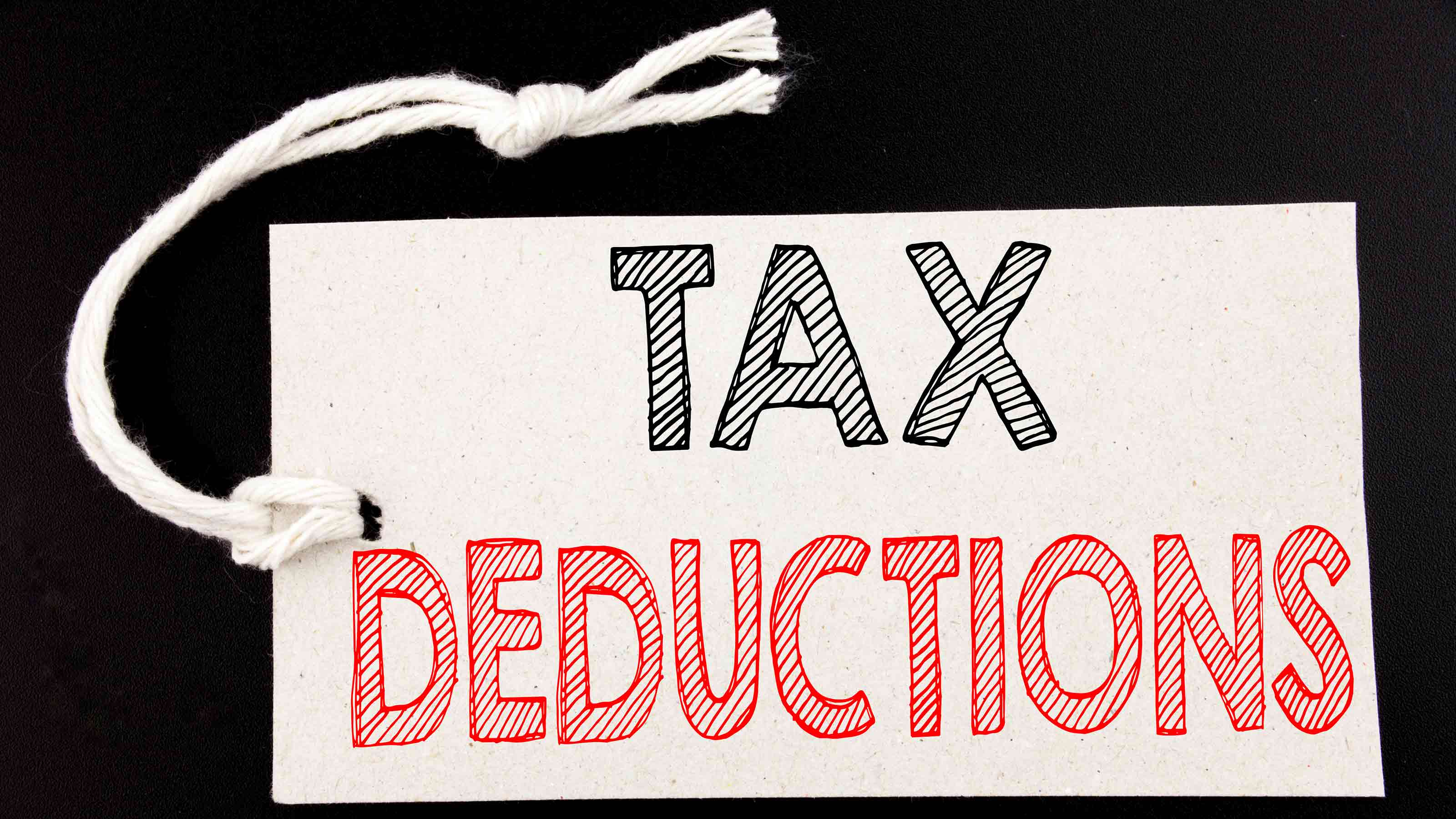 "Above-the-Line" Deductions for Your 2021 Tax Return
"Above-the-Line" Deductions for Your 2021 Tax ReturnTax Breaks If, like most people, you claim the standard deduction instead of itemized deductions on your return, there are still many other tax deductions available that could save you a lot of money.
By David Muhlbaum
-
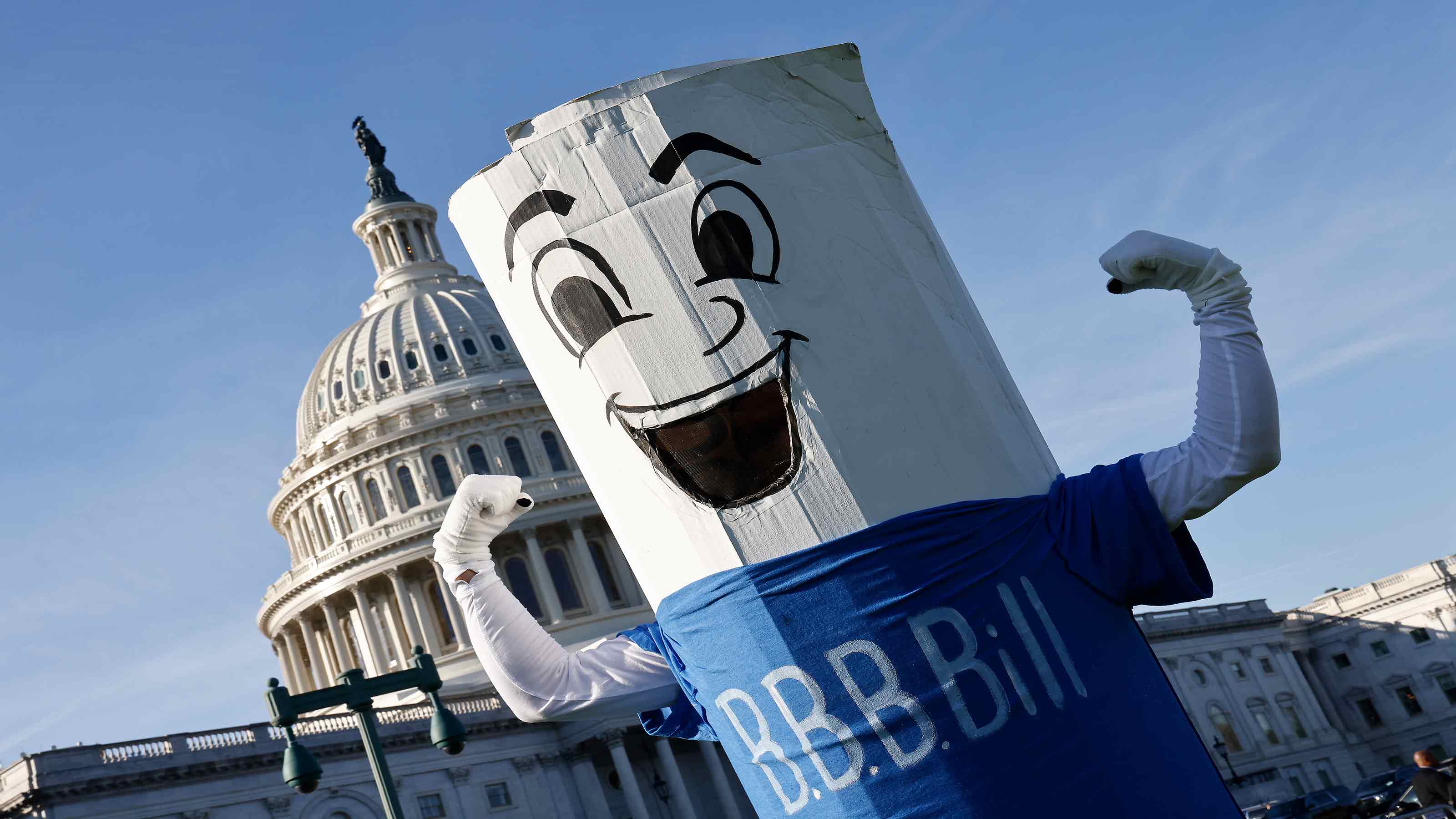 The Biden Tax Plan: How the Build Back Better Act Could Affect Your Tax Bill
The Biden Tax Plan: How the Build Back Better Act Could Affect Your Tax BillPolitics Depending on your income, the Build Back Better Act recently passed by the House could boost or cut your future tax bills.
By Rocky Mengle
-
 Kiplinger's 2020 Election Forecast
Kiplinger's 2020 Election ForecastPolitics For nearly a century, The Kiplinger Letter has forecasted the outcome of presidential elections to keep readers informed of what's coming and what it means for them. Here's our call for 2020.
By The Kiplinger Washington Editors
